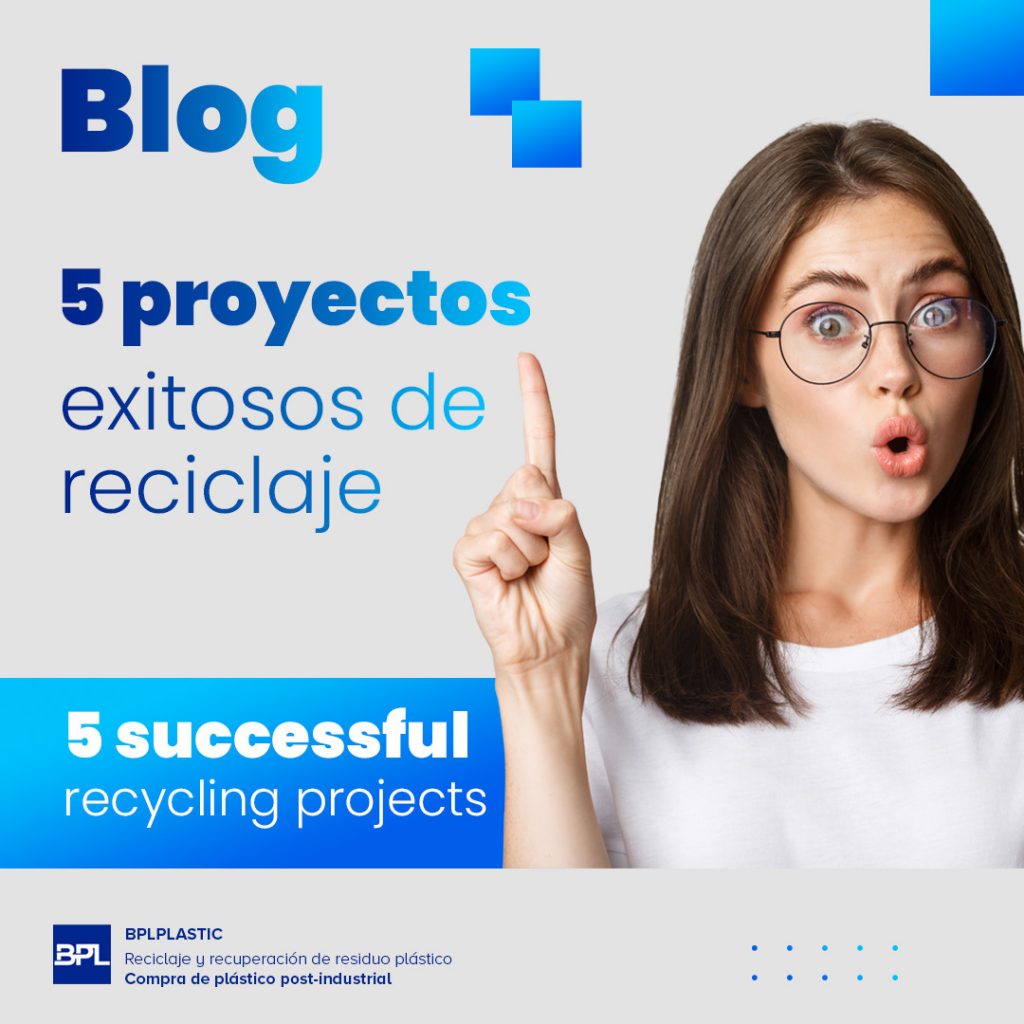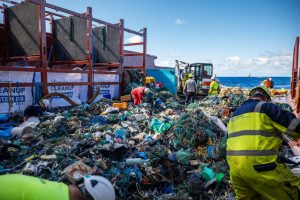Plastic has become one of the biggest environmental problems of our time. As the amounts of plastic waste in the oceans increase, marine life is severely affected. The effects of plastic pollution in the oceans threaten the biodiversity and health of aquatic ecosystems. Fortunately, plastic recycling can be a key tool to mitigate this damage. In this month’s article we talk about the impact of plastic on the oceans and how recycling can help in this situation.
The Threat of Plastic to Marine Life
Every year, millions of tons of plastic end up in the oceans. This highly resistant material can take hundreds of years to completely decompose. Meanwhile, it fragments into smaller pieces, known as microplastics. These tiny particles are ingested by fish and other marine species, causing health problems and, in many cases, death.

Animals like turtles and dolphins often mistake plastic bags and other waste for food. By ingesting these plastics, their digestive systems become clogged. This prevents them from eating properly and eventually leads them to starve to death. Seabirds are also victims of this pollution, as they often collect pieces of floating plastic thinking it is food for their young. The marine food chain is compromised when predators ingest animals contaminated with microplastics.

This affects all marine biodiversity and, ultimately, humans who consume seafood. Plastic pollution in the oceans thus represents a threat not only to marine ecosystems, but also to human health.
Plastic Recycling: A Sustainable Solution
Faced with this serious problem, plastic recycling is presented as a solution. By recycling plastic, we prevent these materials from ending up in the seas. Additionally, recycling reduces the need to produce more plastic, which reduces oil consumption and greenhouse gas emissions related to its manufacturing. At an individual level, we can contribute to plastic recycling through small actions.

We must correctly classify our waste and use recycling points. It is important to remember that recycling not only reduces pollution, but also allows plastic to be turned into new products, such as clothing, furniture and packaging. In this way, the demand for natural resources is reduced and the extraction of raw materials is reduced. This aspect is key to preserving ecosystems and reducing greenhouse gas emissions. In addition, recycling promotes the circular economy, in which materials are reused and reincorporated into the production cycle, instead of being discarded. This not only contributes to a more responsible and sustainable consumption model. But it also generates employment opportunities in the recycling industry and in the development of technologies for waste treatment. By giving new life to materials such as plastic, we contribute to a more efficient use of resources. At the same time we promote a cleaner and more habitable planet for future generations.
Commitment is everything
Therefore, it is essential that we all commit to recycling and reducing our consumption of single-use plastics. With small daily actions, such as separating waste at home and choosing products made from recycled materials, each of us can be part of the change towards a more sustainable future.








 Some plastics are difficult to process due to their mixed composition. Insufficient infrastructure: In many countries, the infrastructure for collecting and processing plastic waste is inadequate.
Some plastics are difficult to process due to their mixed composition. Insufficient infrastructure: In many countries, the infrastructure for collecting and processing plastic waste is inadequate. Although technology has advanced, not all countries have access to secure facilities. Soil and water pollution: Landfilling plastics remains the most common option, but these materials can take centuries to decompose, leaching toxic substances into soil and groundwater. Loss of resources: By burning or burying plastic, the opportunity to reuse a valuable resource is wasted. This contributes to the continued extraction of oil and other non-renewable materials to produce more plastic.
Although technology has advanced, not all countries have access to secure facilities. Soil and water pollution: Landfilling plastics remains the most common option, but these materials can take centuries to decompose, leaching toxic substances into soil and groundwater. Loss of resources: By burning or burying plastic, the opportunity to reuse a valuable resource is wasted. This contributes to the continued extraction of oil and other non-renewable materials to produce more plastic.





























